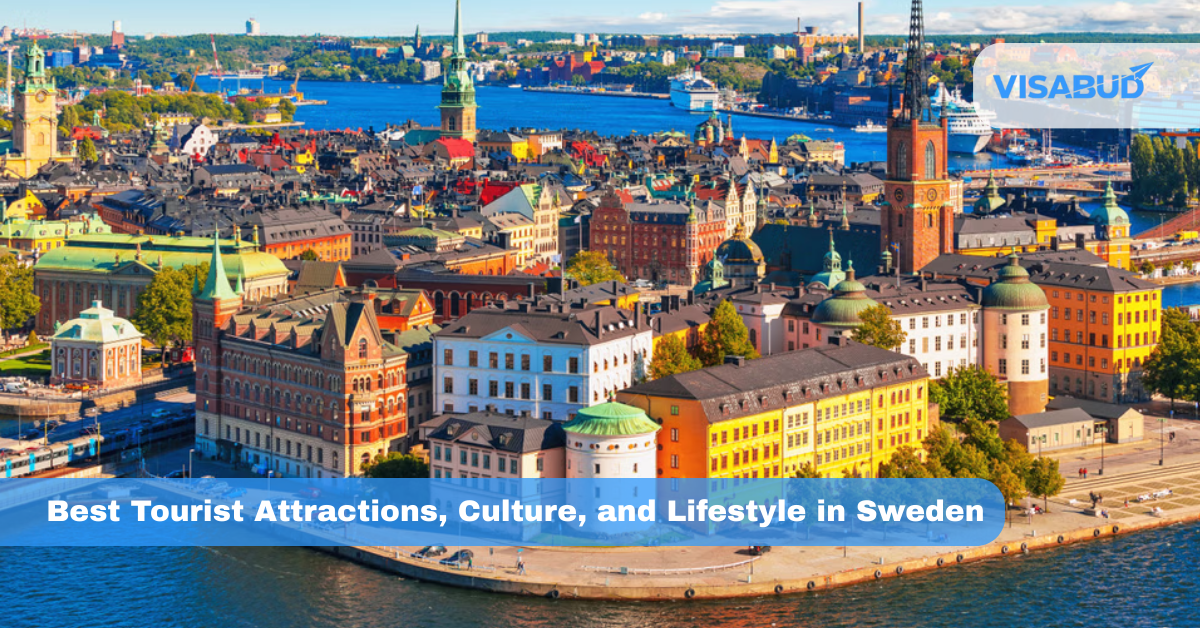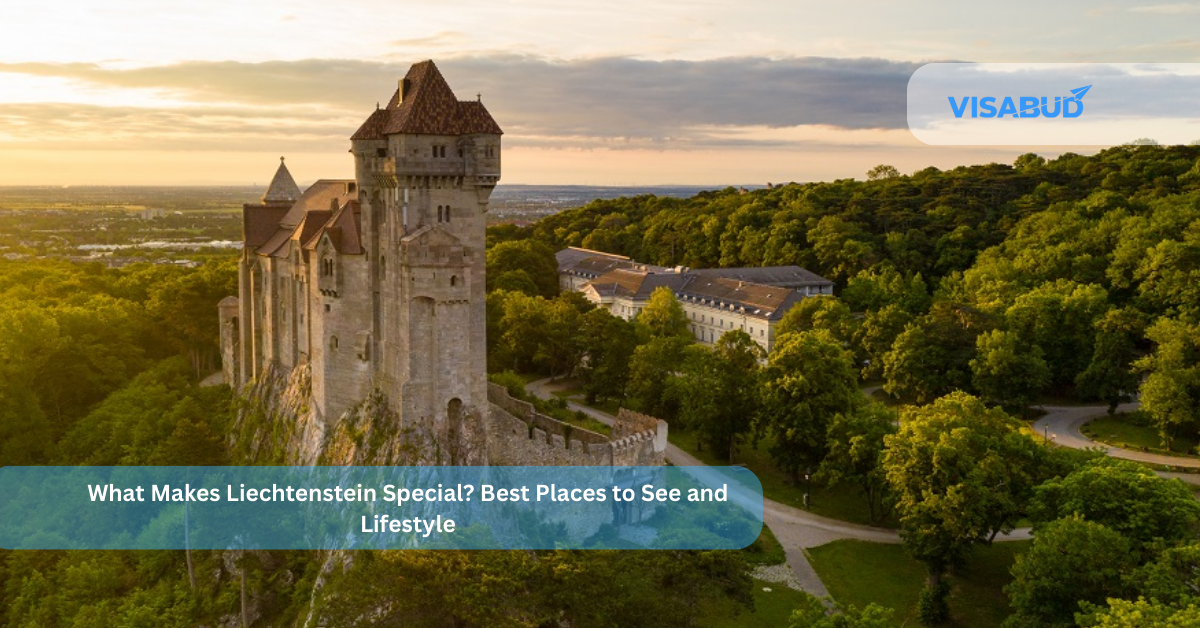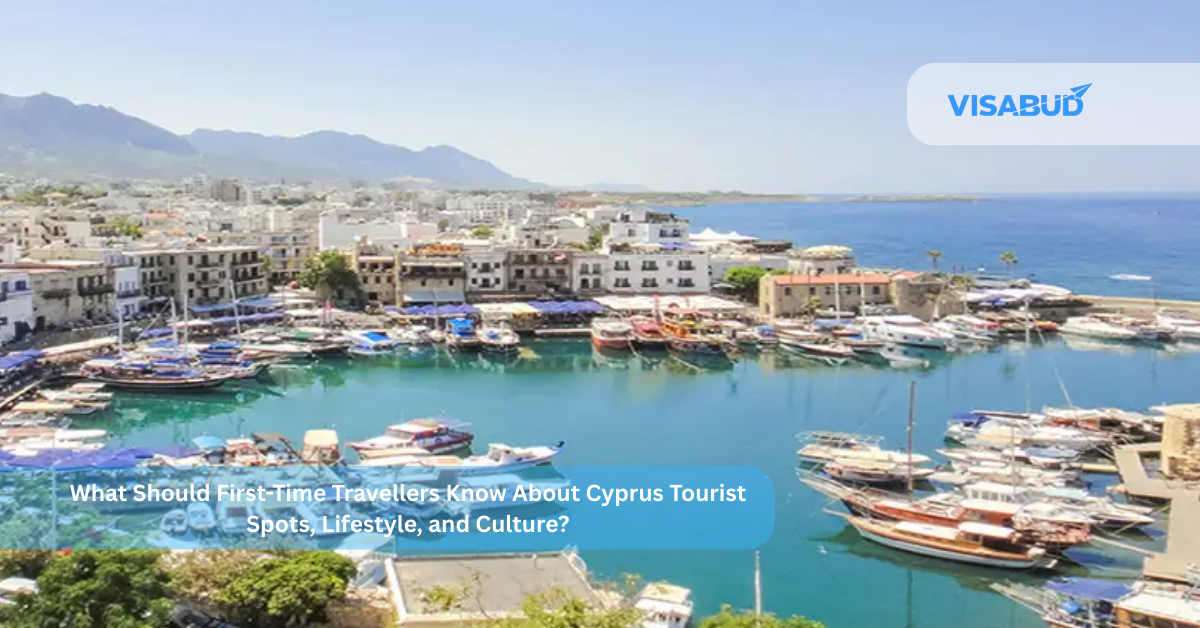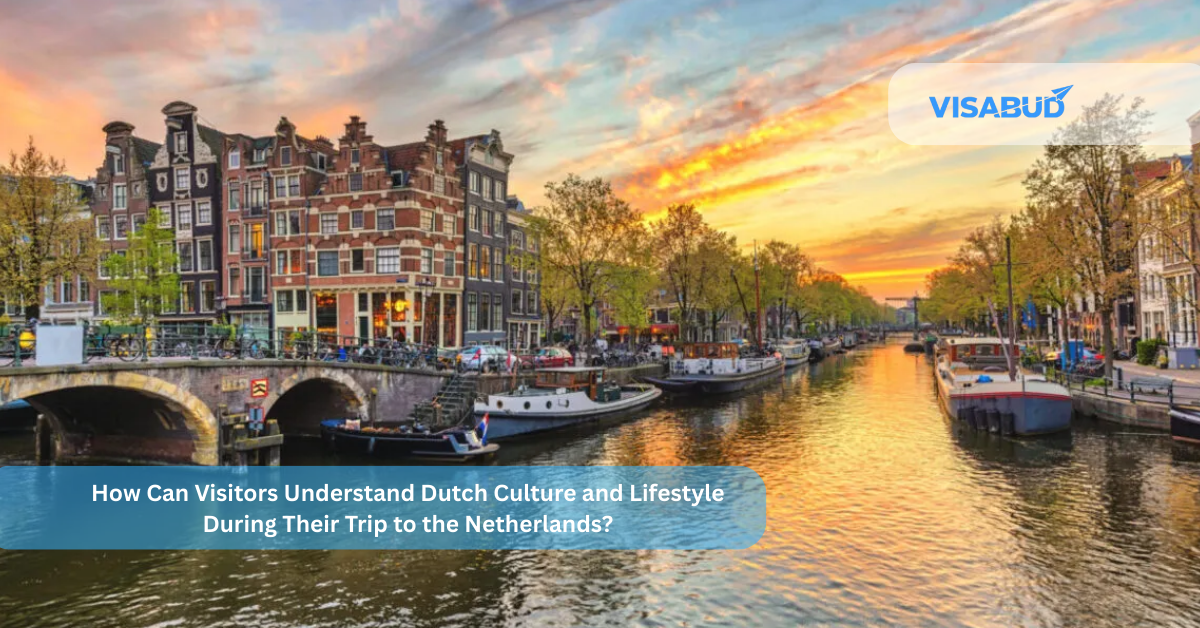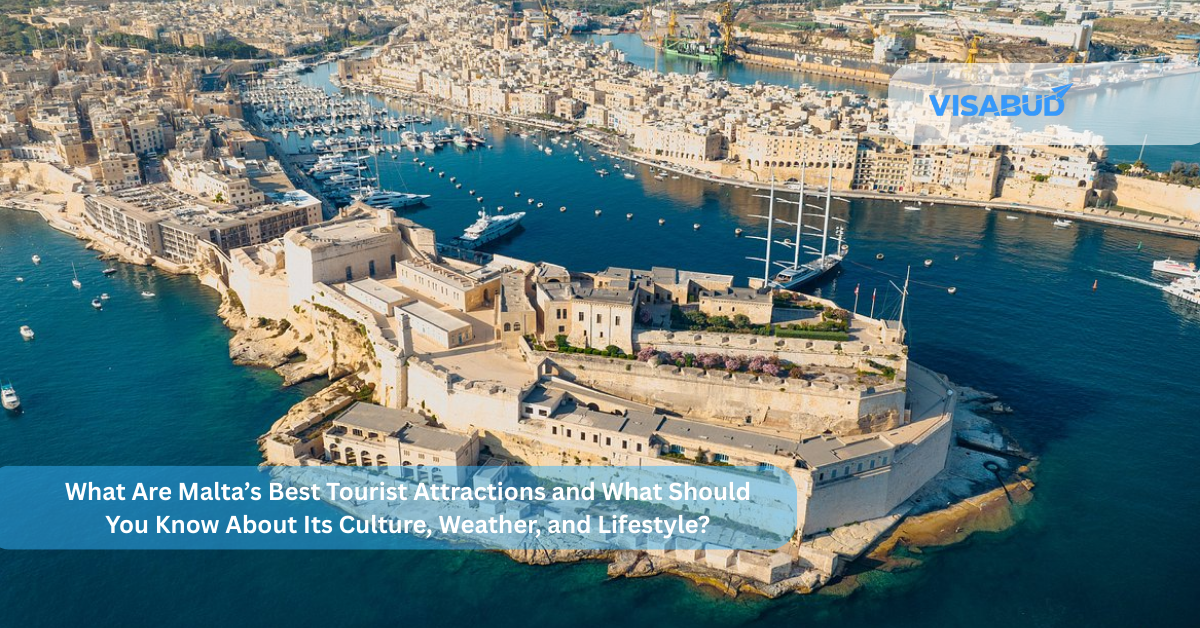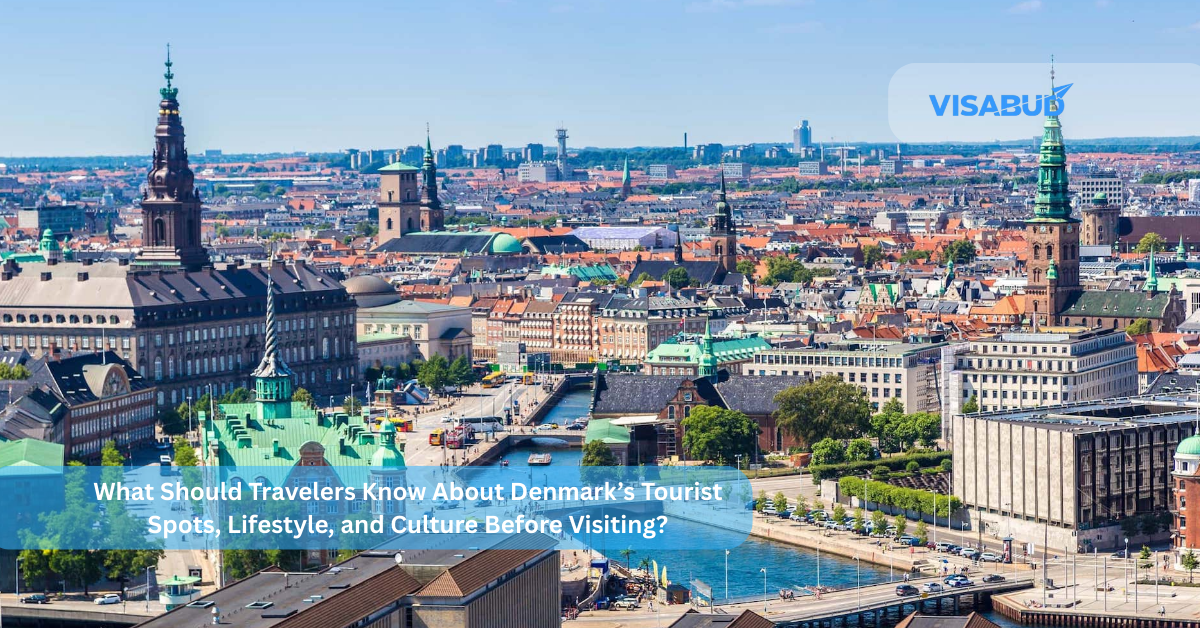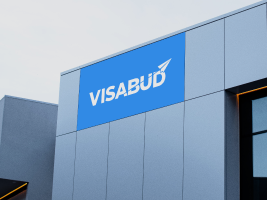Sweden is a country where modern innovation, rich cultural traditions, and untouched natural landscapes coexist in perfect harmony. Known for its clean cities, high quality of life, and forward-thinking society, Sweden consistently ranks among the world’s most desirable travel destinations. Whether you are captivated by centuries-old Viking heritage, fascinated by world-class Scandinavian design, or inspired by the Northern Lights dancing across Arctic skies, Sweden offers an exceptional travel experience for all.
From the vibrant capital city of Stockholm with its historic palaces, museums, and waterways to the serene wilderness of Swedish Lapland where the indigenous Sami people still practice traditional reindeer herding, every region of Sweden tells a story. Travelers can explore medieval towns like Visby, coastal gems such as Gothenburg, and breathtaking national parks like Abisko. Along the way, they’ll encounter the uniquely Swedish philosophy of “lagom”,a cultural belief in balance and simplicity that shapes everyday life.
At VisaBud, we understand how important it is to explore a destination with confidence and convenience. That’s why we’ve created this expert-curated guide to help travelers discover Sweden’s top tourist attractions, experience its cultural richness firsthand, and gain insight into the Swedish way of life. Whether you’re planning your first visit or looking to go deeper into the heart of Scandinavia, this guide provides accurate, trustworthy, and engaging insights to make your Swedish journey smooth, informed, and unforgettable.
Top Tourist Attractions in Sweden
1. Stockholm – The Capital of Cool
Stockholm, Sweden’s vibrant capital, is often referred to as the “Venice of the North” and for good reason. Spanning 14 islands and linked by over 50 picturesque bridges, the city seamlessly blends natural beauty, historic charm, and innovative design. For first-time visitors, Stockholm offers a unique gateway to Swedish culture, history, and modern Scandinavian living.
At the heart of the city lies Gamla Stan (Old Town), one of the best-preserved medieval centers in Europe. Stroll along its cobbled lanes, admire colorful 17th-century buildings, and don’t miss the Royal Palace, one of the largest in Europe and home to the Swedish monarchy.
Just a short walk or ferry ride away is the Vasa Museum, housing the world’s only preserved 17th-century ship. The Vasa warship sank on its maiden voyage in 1628 and was salvaged over 300 years later, offering an extraordinary glimpse into naval engineering and life during Sweden’s great power era.
For those seeking cultural immersion, Skansen Open-Air Museum is a must. As the world’s oldest open-air museum, it showcases historic buildings from across Sweden, traditional crafts, and Nordic animals making it ideal for families and cultural enthusiasts alike.
What makes Stockholm stand out is its walkability and eco-conscious infrastructure. Tourists can easily explore the city using the Stockholm Pass, which provides access to public transport and major attractions. Whether you’re interested in history, sustainability, or architecture, Stockholm offers a well-rounded introduction to Swedish life with something for everyone.
2. Gothenburg – Sweden’s Relaxed West Coast Gem
Often overshadowed by Stockholm, Gothenburg (Göteborg) is a favorite among locals and seasoned travelers who appreciate its laid-back charm, rich maritime history, and outstanding culinary scene. Located on the west coast of Sweden, this city is influenced by Dutch urban planning, evident in its network of canals and waterways that lend it a unique European flair.
Top Attractions in Gothenburg
Sweden’s most beloved amusement park, Liseberg offers excitement for all ages. With adrenaline-pumping roller coasters, live performances, and magical Christmas markets, Liseberg is a must-visit for families and thrill-seekers alike.
Ideal for children and curious adults, Universeum is one of the most interactive science museums in Scandinavia. It combines exhibits on space, the human body, and cutting-edge tech with a tropical rainforest and a large aquarium.
More than just a seafood market, Feskekôrka is a cultural icon. Built in 1874, its Gothic-revival architecture resembles a church, and inside you’ll find some of the freshest fish and shellfish in Sweden. Locals and tourists alike come here to sample delicacies like smoked salmon, pickled herring, and shrimp toast.
Cultural Insight
Gothenburg is known for its progressive values, sustainable innovation, and emphasis on education. It’s home to the University of Gothenburg and Chalmers University of Technology, both highly ranked institutions that contribute to the city’s youthful, intellectual atmosphere.
3. Kiruna & Swedish Lapland – Where Nature Meets Indigenous Culture
Located in Sweden’s far north, Kiruna is a unique Arctic town that offers once-in-a-lifetime experiences. It’s not only the best place in Sweden to witness the Northern Lights (Aurora Borealis) but also a cultural gateway to Sami traditions, reindeer herding, and Arctic adventures.
Key Experiences in Kiruna and Lapland
From late September to early April, the skies above Kiruna and nearby Abisko National Park offer some of the world’s clearest and most active aurora displays. Thanks to low light pollution and frequent clear skies, this is one of Europe’s top destinations for aurora enthusiasts.
Located just 20 minutes from Kiruna, the world-famous ICEHOTEL is a marvel of design and engineering. Each winter, it is rebuilt with ice blocks harvested from the nearby Torne River. Guests can stay overnight in artist-designed ice suites or visit during the day to tour the icy exhibits.
Explore Lapland’s snowy terrain in the most traditional way possible—behind a team of energetic huskies or on a guided snowmobile tour through the Arctic wilderness.
Learn About the Sami People
The Sami, the indigenous people of northern Scandinavia, have lived in harmony with the land for thousands of years. In Kiruna and surrounding areas, travelers can:
4. Visby – The Medieval Wonder of Gotland
Step into a different era with a visit to Visby, a UNESCO World Heritage Site located on the island of Gotland in the Baltic Sea. Known for its incredibly well-preserved medieval town walls, watchtowers, and cobblestone alleys, Visby is often referred to as “the best-preserved medieval city in Scandinavia.”
Highlights of Visby
The 13th-century limestone wall encircling Visby stretches for 3.4 kilometers and includes 44 towers. A walk along these walls provides a panoramic view of the city and sea, along with a sense of its historic defense importance.
A beautiful Romanesque cathedral dating back to the 12th century, still in active use today.
Held every August, this is one of Europe’s most immersive historical festivals. Locals and visitors dress in period costumes, reenact historical battles, and enjoy medieval music, food, and theater.
Cultural Value
Visby once thrived as a Hanseatic League trading post, and its historical importance is visible in its architecture and layout. The town also boasts several museums, art galleries, and culinary experiences—ranging from Nordic fine dining to medieval taverns serving food inspired by the 14th century.
5. Abisko National Park – A Natural Paradise for Hikers and Aurora Chasers
Nestled in Swedish Lapland and easily accessible from Kiruna, Abisko National Park is renowned for its untouched wilderness, vibrant Arctic flora, and outstanding opportunities for winter and summer activities.
Why Abisko is Special
Due to its location in the auroral oval and its reliably clear skies, Abisko is one of the world’s premier locations to see the Northern Lights. The Aurora Sky Station, located on Mount Nuolja, offers guided night tours and scientific insights into this phenomenon.
The park is a favorite starting point for the Kungsleden (“The King’s Trail”), Sweden’s most famous long-distance hiking route. Visitors can also explore:
Sustainability and Eco-Tourism
Abisko exemplifies Sweden’s commitment to eco-tourism and conservation. Local accommodations, including hostels and eco-lodges, operate under low-impact principles, and guided tours emphasize education and environmental respect.
Frequently Asked Questions (FAQs)
1. What are the top must-visit cities in Sweden for first-time travelers?
For first-time visitors, Stockholm, Gothenburg, and Kiruna are excellent starting points. Stockholm offers a mix of history, modern culture, and archipelago views. Gothenburg is known for its canals and seafood, while Kiruna, in the Arctic north, is ideal for viewing the Northern Lights and exploring indigenous Sami culture.
2. When is the best time to visit Sweden?
The ideal time depends on what you want to experience. May to September offers mild weather, long daylight hours, and vibrant festivals perfect for sightseeing and hiking. For Northern Lights and snow adventures, plan your trip between late November and March.
3. Do I need a visa to travel to Sweden as a tourist?
Yes, most non-EU travelers require a Schengen visa to visit Sweden for up to 90 days. Platforms like VisaBud simplify the application process by allowing you to apply online, track your status, and receive support throughout.
4. What is “fika” and why is it culturally important in Sweden?
Fika is a daily ritual in Sweden involving coffee and pastries, often shared with friends or coworkers. It reflects the country’s emphasis on work-life balance and community, and is considered a cornerstone of Swedish social culture.
5. Is Sweden a good destination for eco-conscious travelers?
Absolutely. Sweden ranks among the world’s most sustainable travel destinations. From extensive recycling programs and clean energy to eco-certified hotels and low-emission public transport, Sweden is ideal for responsible travel.
6. What unique cultural experiences can I have in Sweden?
Sweden offers many immersive cultural experiences:
7. Can I see the Northern Lights in Sweden?
Yes, the Aurora Borealis is visible in northern Sweden from September to April, especially in areas like Abisko National Park and Kiruna. Abisko, in particular, is one of the best places in the world for clear-sky aurora viewing.
8. Is Sweden safe for solo travelers and families?
Yes, Sweden is consistently ranked as one of the safest countries in the world. Public services are efficient, locals are friendly, and there’s a strong culture of equality and social responsibility. Whether you’re traveling solo, as a couple, or with children, you can expect a secure and welcoming environment.
Final Thoughts
Sweden is more than just a destination—it’s an experience that blends natural beauty, rich cultural heritage, and a commitment to sustainability in every corner. From the maritime elegance and laid-back lifestyle of Gothenburg on the west coast, to the frozen, awe-inspiring landscapes of Swedish Lapland, travelers are met with diversity that is both profound and inviting.
In the north, Kiruna and Abisko National Park offer life-changing encounters with the Northern Lights, Arctic wildlife, and authentic Sami traditions providing a rare opportunity to connect with indigenous culture in its purest form. Meanwhile, Visby, with its medieval walls and UNESCO-listed charm, transports visitors back in time, highlighting Sweden’s dedication to preserving its historical identity.
Each of these regions tells a unique story rooted in community values, respect for nature, and a deep appreciation for quality of life. Whether you’re an adventurer, history lover, or cultural explorer, Sweden offers an enriching journey that stays with you long after you’ve returned home.
At VisaBud, we recognize that such meaningful travel should begin with simplicity and reliability. That’s why our platform is designed to streamline your Swedish visa application, ensuring a smooth and transparent process. Whether you’re applying from a mobile phone, laptop, or desktop, VisaBud allows you to manage your application effortlessly, with real-time updates and dedicated support.
As you plan your trip to explore the best that Sweden has to offer, let VisaBud be your trusted travel companion helping you turn your travel dreams into reality with confidence, ease, and expert guidance.
Ready to Go? Contact Us for Sweden Travel Support
